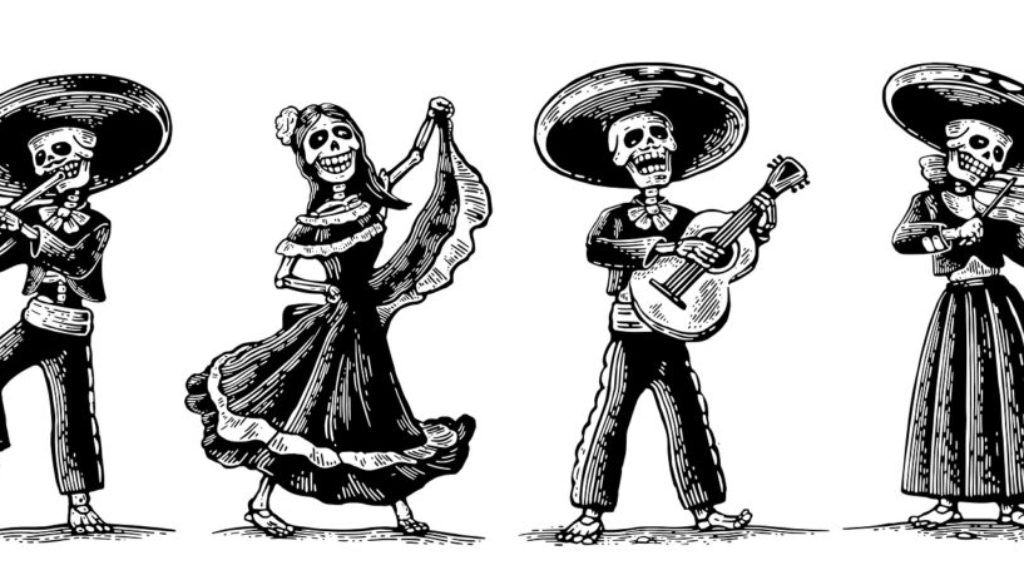Día de los Muertos is a Mexican holiday that honors and celebrates the lives of deceased loved ones. There is nothing morbid or grotesque about this holiday, as it is a time to reflect on fond memories and acknowledge death as an inevitable – and therefore normal – part of life. Build your Spanish vocabulary and cultural awareness by familiarizing yourself with the terms below.
*Please click to enlarge pictures.
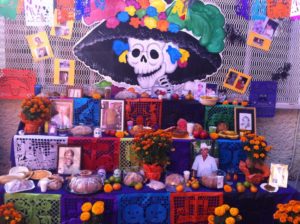 | Ofrendas
Literally meaning, “offerings,” ofrendas are altars people set up in their homes to honor and celebrate the lives of their departed loved ones. Ofrendas may also be seen in public places, especially cemeteries. They are usually decorated with colorful paper, candles, candy, food and pictures of the deceased individuals being honored. |

| Cempasúchil
This vibrant Mexican marigold is a traditional flower used to honor the dead. During Día de los Muertos, they can be seen in large quantities upon the ofrendas. It is believed by some that their pungent scent will serve as an invitation for the spirits to visit loved ones.
|
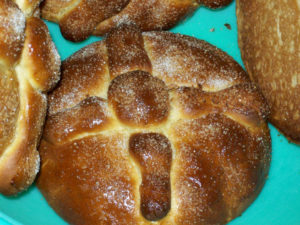
| Pan de muerto
This “dead bread” is a loaf baked solely as an offering for the deceased and placed on ofrendas everywhere. |
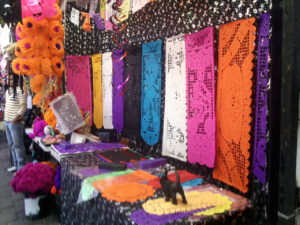
| Papel picado
This term refers to the intricately cut, colored paper used to adorn ofrendas during Dia de los Muertos. It is not uncommon to see various colors and patterns of papel picado used throughout the year during other Mexican holidays and celebrations.
|

| La Calavera Catrina
Meaning “dapper skeleton” or “elegant skeleton,” this actually refers to an etching by the famous Mexican printmaker, cartoon illustrator and lithographer José Guadalupe Posada who is thought to have created the image between 1910 and 1913. Also a satirist, Posada depicted the Mexican woman donning aristocratic European attire as a commentary on Mexican natives who were compelled to adopt European culture in exchange for their own. La Calaveras Catrina is associated with the calavera imagery painted on faces and masks during Día de los Muertos. |
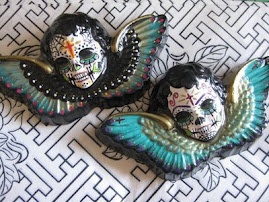 | Angelitos
Meaning “little angels,” this word refers to the souls of deceased children. It is believed that around midnight on October 31 angelitos descend from heaven to reunite with their families for a whole day. Thus, November 1 is known as Día de los Angelitos. |
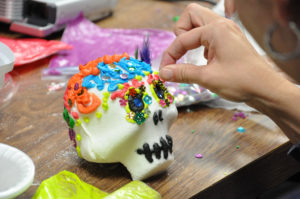 | Calavera de azúcar
Often containing the name of a deceased person written on the forehead, these “sugar skulls” are placed upon many an ofrenda during Día de los Muertos. |
Now that you’ve filled your
calavera with some essential vocabulary, be sure to share the knowledge with your
amigos and check out the
Día de los Muertos festivities near you.

